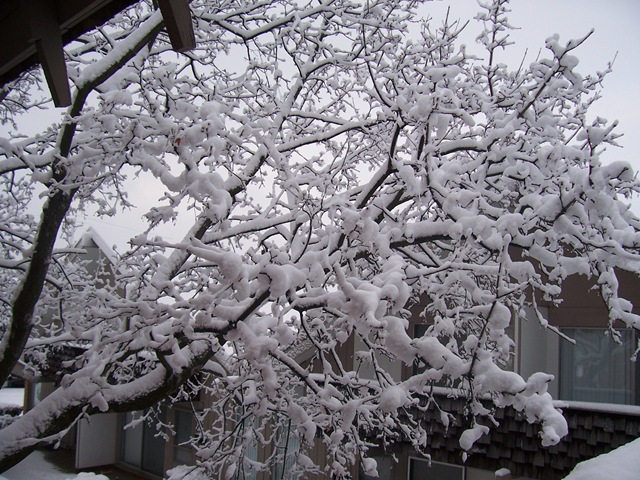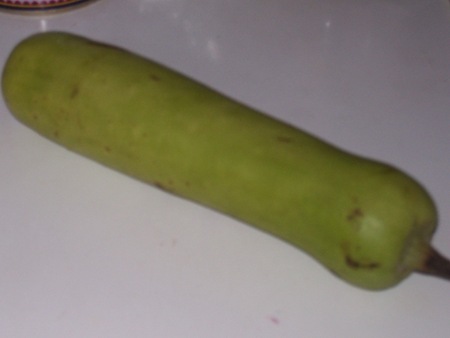Cucumber and Taro root/Colocasia/Ghuiyan/Arbi
I am having a tough time describing ‘Rassa’ in English. I call it a gravy but rassa is not exactly a gravy.It is a thin watered down version of gravy.Another popular word for it in Hindi would be ‘jhol’.
As the title would suggest, this is not the sexiest of recipes.”Rasse ki Ghuiyan aur Kheera” is no competition to “Chhole” or “Rajma” or “Butter Chicken” & the spicy likes. But, on days when comfort food tops the list and one is tired of spicy food, this is what I make. The more I pay attention to what people are eating these days……I realize that simple, blandish food is not cooked in Indian homes anymore. I grew up eating the most bland and simple food in my house as I also previously mentioned……I used to be completely tired of bottle gourd, bitter gourd, cucumber, potato and hardly any spices…….. Spicy food was only made on weekends or if we had visitors. My parents have always been too careful of what they ate and the other reason was that my grandmother (who lived with us)did not even eat onions and garlic. So, it was plain food on the table every day. But nowadays I realize that I am done with enjoying the spicy food I missed and now I miss the simple dishes that my mother mostly served.
This recipe used to be a favorite of my grandmother who was quite a good cook. I didn’t see her cook too much but she was quite knowledgeable.
Colocasia or Ghuiyan in India can irritate the throat at times so it should be cooked well. In the USA though, I have not encountered the variety that causes the irritation. Though I think the taro I have mostly found here is much drier than the ones eaten in India. There are a lot of varieties of this starchy sticky root:). Cucumbers used for this can be the bigger ones too. Big cukes do not make flavorful salads but just fine in this recipe:) . Please do not skip the carom seeds and dry mango powder in the recipe.
The recipe:
-
Cucumber 1 chopped
-
Taro root/Arbi/Ghuiyan 6-8 boiled, peeled and chopped
-
Vegetable Oil 1 tsp.
-
Carom seeds/Ajwain 1 tsp.
-
Asafoetida 1/4 tsp.
-
Cumin seeds/Jeera 1/4 tsp.
-
Turmeric /Haldi 1/2 tsp.
-
Red chilli powder 1/2 tsp.
-
Salt to taste
-
Dry mango powder/Amchur 1-2 Tbsp.
Boil the colocasia root in a pressure cooker till tender but not too mushy. One whistle would be enough. Peel it and chop.
Chop the cucumber. Discard the big seeds, if any.
Chopped Cucumber and Colocasia
Heat the pressure cooker and add oil to it. Add cumin seeds, asafoetida, carom seeds, turmeric and red chilli powder. When the mixture starts sizzling, add the chopped vegetables to it.
If you like a thicker gravy, saute the colocasia till you get a thin film at the bottom. Add 1 cup water. Traditionally, water is added right after the vegetables, cause the gravy is quite thin. Add salt and close the lid of the pressure. After 2 whistles, open the pressure cooker and add the amchur powder. Mix well. If you want a thicker gravy at this stage, a couple of pieces of colocasia can be mashed in the gravy. Adjust salt, chilli and amchur as per your taste.
Rasse ki Ghuiyan aur Kheera is ready. Hardly any fat and delicious. I must say that this is an acquired taste though. Its not spicy at all but quite tangy. My son is fond of this vegetable precisely for this reason. Too easy to make and goes fabulously with paronthis/paranthas :). A side of greens or a salad with fresh paranthas would make a fabulous meal.
Rasse ki Ghuiyan aur Kheera
This is my contribution to Cooking 4 all seasons, ‘Curry Mela’. Wonderful Srivalli is so great in hosting her melas that you just can’t miss it. So, here we come ‘Curry Mela’.
I would also like to contribute this recipe to ‘Eating with the Seasons- August’ hosted by Maninas: Food Matters. The seasonal item here is definitely the cucumber. If you have a bounty from your garden, this is the recipe:).































